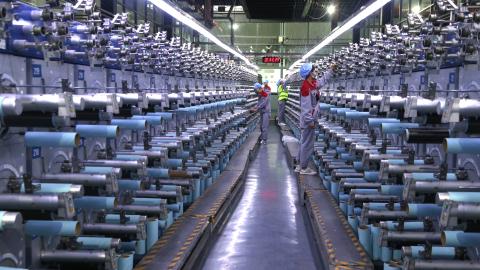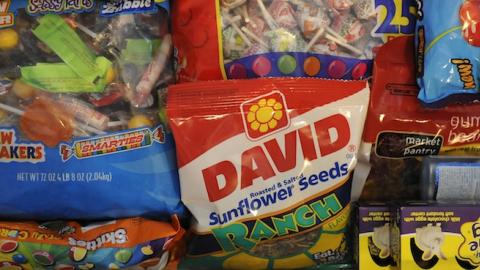KEY HIGHLIGHTS
* Overall, instant consumable (IC) candy and snacks ( 3.5 ounces) have broad consumer appeal.
* Unlike other indulgent food and beverage categories examined by Hudson Institute, chocolate and non-chocolate candy sized for instant consumption appeal across all consumer segments.
* Those consumers most concerned about health (“Well Beings”) are driving the growth of Better-for-you/Alternative Snacks at checkout.
* “Fence Sitters,” with the highest concentration of children in the household, exhibit a very low purchase index for Instant Consumables, suggesting that the child “pester power” argument may not hold for this product category.
* Since alternative snacks, meat snacks and nuts & seeds are growing rapidly, retailers should consider incorporating them more into their front end model; however, since household penetration remains low ( 35% vs. 83% for chocolate candy), consideration must be given to their impact on total front end sales.
* Providing a “continuum of choice” at retail front end is an important strategy to adopt given the broad appeal of instant consumables (particularly chocolate and nonchocolate candy) and the specific needs of those consumers seeking healthier versions.
* Education at checkout is important to emphasize balance and moderation.
* Retailers and manufacturers should strongly consider a commitment to improve the calorie and nutritional profile of products at the front end to capitalize on the growth potential of healthier products while helping to address high customer obesity rates.

Caption
A see-off ceremony for newly recruited soldiers is held on September 16, 2025, in Fuyang, China. (Getty Images)

















